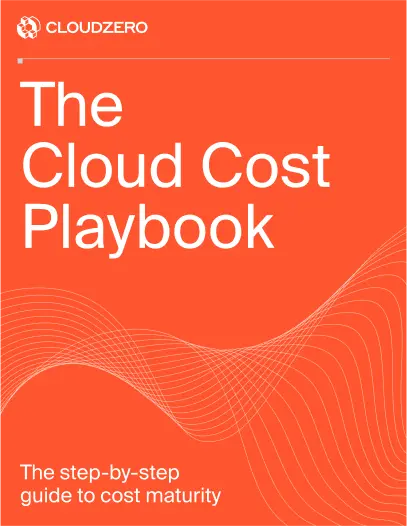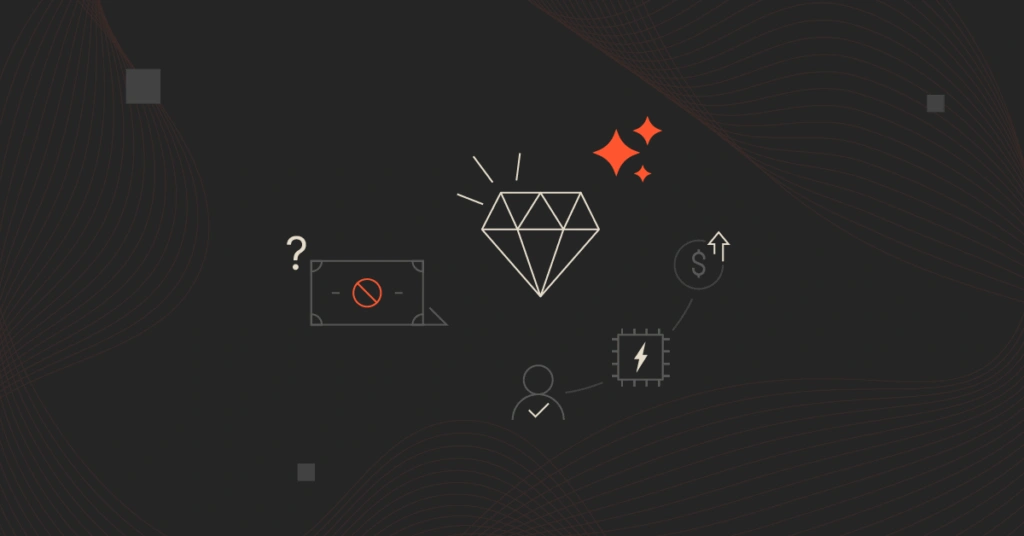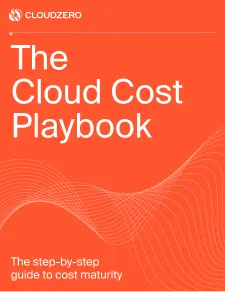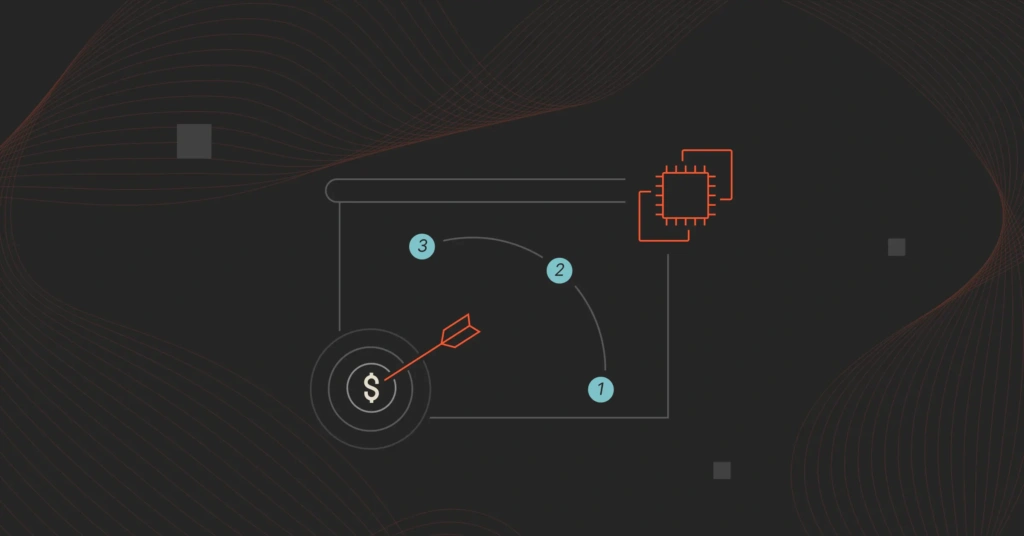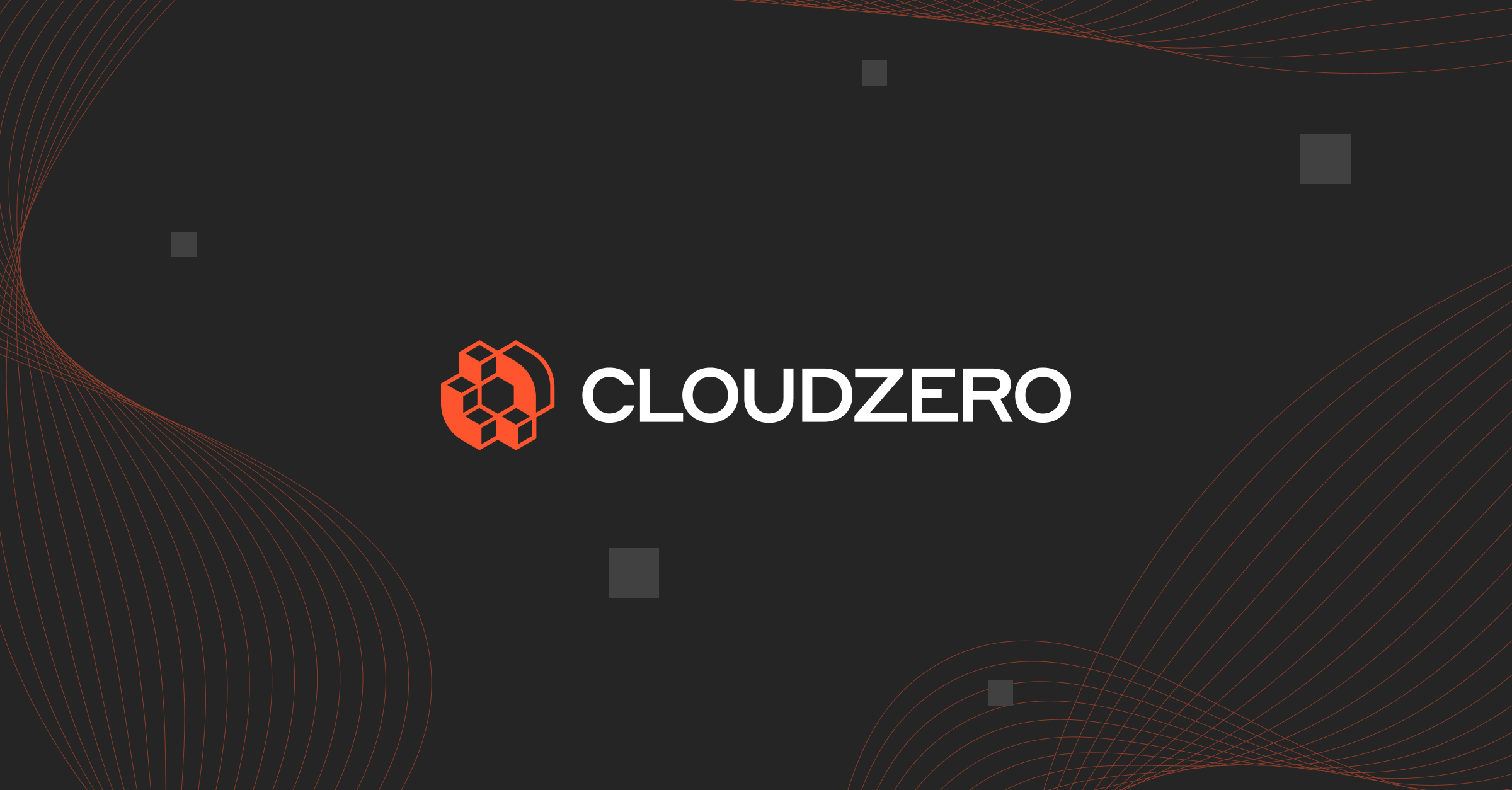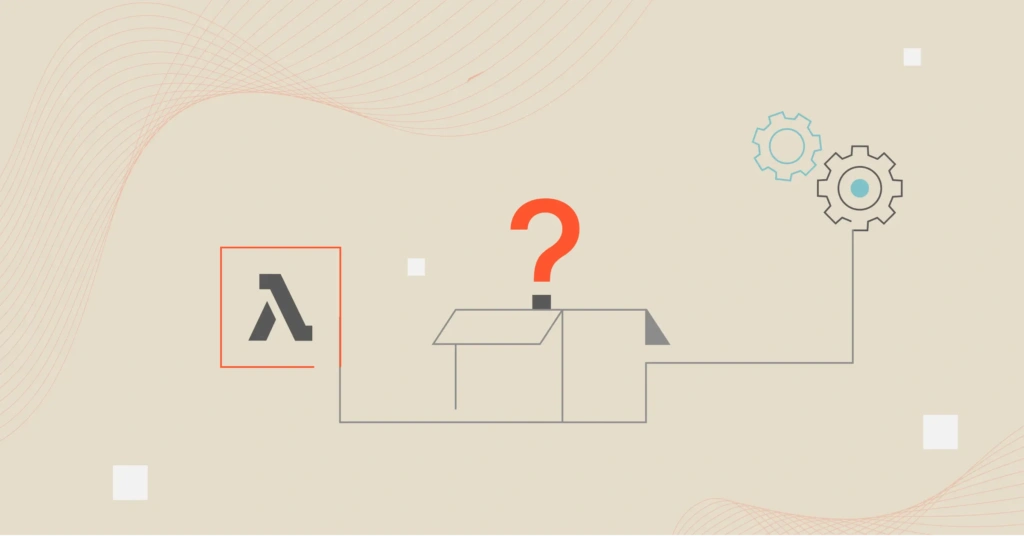AI is surging into products. And the invoices are exploding with it. The key question is no longer, “How much did we spend?” It’s now: “Was it worth it?”
That shift, from totals to value, is at the heart of FinOps. The FinOps community defines the practice as bringing financial accountability to the cloud, so teams make tradeoffs with clear business context. In plain English, measure value per dollar, then optimize the system and not just the bill.
Value begins with a unit you care about. Tie spend to that unit, set a target, and hold the line. Cost per resolved ticket. Cost per 1,000 inferences. Cost per active user. When you allocate all costs to the unit, you can answer the only question that matters: “Was it worth it?”. The FinOps framework calls this unit economics, and it is the cleanest way to connect engineering work to gross margin.
CloudZero leans into that model. It pulls cloud and AI vendor bills into one place, attributes them to teams and features, and exposes unit costs so engineers can see, in real time, what each feature costs per customer or per prompt. That is how you turn “AI spend” into “feature ROI”.
The key question is no longer, “How much did we spend?” It’s now: “Was it worth it?”
Where AI Spend Quietly Leaks
Sometimes you get a water bill at the end of the month that’s significantly higher than the previous month, and you quickly figure out that it’s because of a leaky pipe or faucet somewhere in the home.
AI spend (and any cloud spend, really) has that same ‘leak’ problem if not monitored properly.
Examples of quiet leakage include:
Idle or over‑provisioned capacity
Expensive endpoints and GPU nodes drift to single‑digit utilization, then sit there. Fix the basics. Use automatic scaling on inference endpoints so capacity follows traffic. Enforce idle shutdown on notebooks and dev sandboxes, so experiments do not become line items. AWS documents both, and they work.
A living graveyard of experiments
Checkpoints, duplicate datasets, one‑off clusters, and test services tend to live forever if nobody owns cleanup. S3 Standard in us‑east‑1 is $0.023 per GB‑month, so a terabyte is about $23. Stash 100 twelve‑gigabyte checkpoints and you are paying roughly $28 every month until you delete or tier them. Not a fortune, but it does add up across teams and years. Put lifecycle policies on buckets and move anything cold to cheaper classes. A quick reality check on storage always helps.
Overpowered models and fussy designs
The biggest model is not the best default. Amazon’s Bedrock Nova family shows why. Nova Micro input tokens list at $0.000035 per 1K, while Nova Pro sits at $0.0008 per 1K. That is roughly a 23-fold swing for the same request if you pick the wrong default. Right‑size the model, and route only hard cases to the heavy hitter. Then clean up the architecture, batch chatty sequences, stream responses, and remove serial bottlenecks.
Prompt bloat and missing caches
Long prompts and oversized contexts burn tokens and time. Cut them. Reuse work. Bedrock’s prompt caching can discount cached tokens by up to 90% and cut latency by up to 85% when you reuse a shared context. That is real money in RAG, assistants, and multi‑turn chat. For offline jobs, Azure’s Global Batch processes requests asynchronously at 50% lower cost than standard, which is perfect for evaluation runs and nightly scoring.
Runaway agents and unlimited retries
Agents that loop or retry blindly can rack up thousands of calls before anyone notices. Put hard limits in code. Also use the controls vendors provide. OpenAI Projects let you set budgets, track usage per project, and apply rate limits; treat those as guardrails, then add application‑level kill switches for true caps.
Hidden costs and weak attribution
Data moves, and so do charges. Cross‑AZ and cross‑Region traffic, NAT egress, and Internet egress will bite if you separate compute and data, then forget to count it. Keep compute near data, and attribute network charges to the feature that caused them so they show up in unit cost. AWS’s own architecture blog has a solid overview.
Hardware that does not fit the job
When latency and throughput allow, inference‑optimized silicon beats general‑purpose GPUs on cost per result. AWS Inferentia is a clear example, with public cases showing big gains in throughput and lower cost per inference for production traffic. Evaluate it alongside your GPU options instead of assuming one size fits all.
Make ‘Worth’ Your Operating Metric
This is where culture and tooling meet. Define the unit that represents value for your product. Allocate one hundred percent of AI spend to that unit, including external APIs and data movement. Set a target unit margin.
Then wire live signals to the people who can act, which is engineering. When an endpoint scales out of band, or token use spikes on a single feature, the owning team should know within the hour, not at month end. That is the FinOps loop applied to AI, and it is the cleanest path to sustainable innovation.
You do not need to build all of this from scratch. CloudZero focuses on complete allocation, unit cost, and engineer‑first workflows across AWS, Azure, GCP, and the vast majority of AI vendors. The point is not a lower bill for its own sake. The point is proof that each feature earns its keep, so you can double down on winners and quietly retire the rest.
FinOps Enables Sustainable AI, Not Slower AI
AI is not cheap. Waste makes it worse. Measure worth per dollar, not just dollars themselves. That means unit economics, complete allocation, and live feedback to the people writing the code. Use the controls the platforms already ship, like prompt caching on Bedrock, batch pricing on Azure OpenAI, and budgets and rate limits in OpenAI Projects. Then add the guardrails that only you can add in your application.
FinOps is not the enemy of AI speed. Rather, it helps you scale AI with confidence. If a feature hits its unit margin target, grow it. If it misses, fix the architecture, pick a smaller model, cache more, move compute to the data, or stop the work.
If AI is strategic for you, make cost intelligence part of the strategy now. For a deeper dive into tying AI spend to business outcomes, start with CloudZero’s AI solution and the FinOps unit economics capability.
Read more: FinOps For AI: How Crawl, Walk, Run Works For Managing AI Costs
